VisualEyes™ Support
Available Training
-
How to perform the Sinusoidal Harmonic Acceleration (SHA) test
-
How to perform the Velocity Step test
-
How to perform the Vestibulo-Ocular Reflex (VOR) Suppression test
-
How to use VisualEyes™ EyeSeeCam
-
How to perform the Dynamic Visual Acuity (DVA) test
-
How to perform the Advanced Dix-Hallpike test
-
How to perform the Supine Roll test
-
How to perform the Lempert (BBQ) Roll
-
How to perform the Gufoni Maneuver
-
How to perform the Epley Maneuver
-
How to perform the Dix-Hallpike test
-
How to perform the Brandt-Daroff Exercise
-
How to perform the Anterior Semont Maneuver
-
How to perform the Posterior Semont Maneuver
-
How to perform the Caloric test
-
How to perform the Optokinetic Nystagmus (OKN) test
-
How to perform the Gaze test
-
How to perform the Saccade test
-
How to perform Positional Nystagmus testing
-
How to perform the Spontaneous Nystagmus test
-
How to perform the Smooth Pursuit test
-
How to perform calibration procedures
-
How to perform the Lateral Head Roll test
-
How to perform the Subjective Visual Vertical (SVV) test
-
How to perform VORTEQ™ vHIT
-
How to perform Saccadometry
-
How to perform the Ocular Counter Roll (OCR) test
-
How to use the Research Module
-
How to perform the Gaze Stabilization Test (GST)
-
How to perform Cervical Gaze testing
-
How to perform the Functional Vision Head Impulse Test (fvHIT™)
-
How to use keyboard shortcuts in VisualEyes™
-
How to perform Pupillometry
-
How to perform Self-Paced Saccades
-
How to perform the Smooth Pursuit Neck Torsion (SPNT) test
-
How to set up and troubleshoot monitors for oculomotor and optotype tests
How to perform the Active Head Rotation test
What is the Active Head Rotation test?
The Active Head Rotation Test is useful when you have a bilateral caloric weakness, as it can provide information on the residual function of the vestibular system. If you have purchased the VORTEQ Diagnostics package, you will have license capabilities to perform Active Head Rotation (AHR) tests.
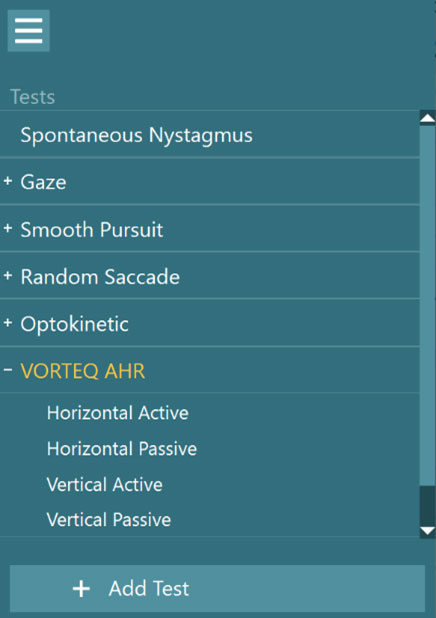
Figure 1 – License for VE525 and VORTEQ diagnostic bundle
Performing the test
To begin testing, select the first VORTEQ AHR subtest which is Horizontal Active. For active tests, the patient will be instructed to move their head to the beat of the metronome while fixating the target. In the default protocol, the target is a black dot on a white screen.
If you have not already calibrated in a previous test, you would need to calibrate before starting the test. If the eyes were already calibrated in a previous test, you are ready to begin and can hit start to begin the first subtest. Make sure the VORTEQ IMU is attached to the goggle and turned on. You will see a message telling you when the sensor is active, and you can begin testing.
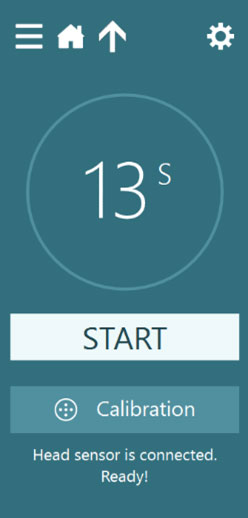
Figure 2 – Message showing you the VORTEQ IMU is turned on and you are ready to start testing
During the test, you will see the head movement shown in yellow, the eyes in red and blue, and the gain and phase measurements.
There will be a short practice mode to let your patient get used to the head movements at the speed of the metronome.
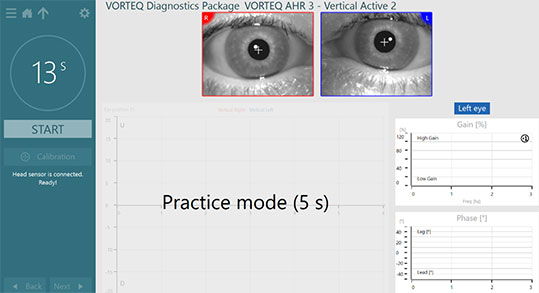
Figure 3 – Practice mode for Active Head Rotation testing
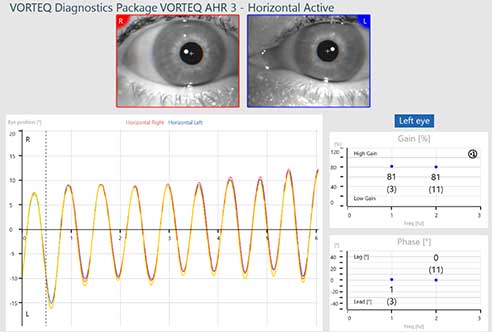
Figure 4 – Horizontal Active completed test
Next, you can perform the test passively (where you move the patient’s head for them) or you can move on to the vertical subtests. The vertical subtests are performed with the patient following the metronome while moving their head up and down while fixating the target on the TV. Again, at the end of the test you will see a summary of the data.
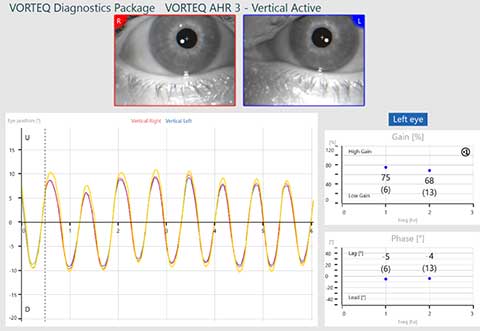
Figure 5 – Vertical Active completed test
Results
When you have completed all the subtests, you will see a summary plot. You can use the arrows to toggle through multiple pages. The results plotted are similar to the data that is shown in rotation chair testing. You will have a plot for Gain, Phase and Symmetry.
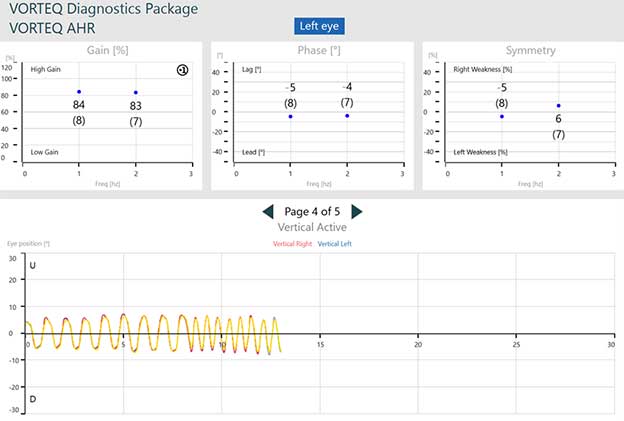
Figure 6 – Summary plots
A perfectly normal gain would be 100% and we expect symmetrical responses.
For further assistance, if needed, please refer to the Instructions for use and Additional Information manuals.
Presenter

